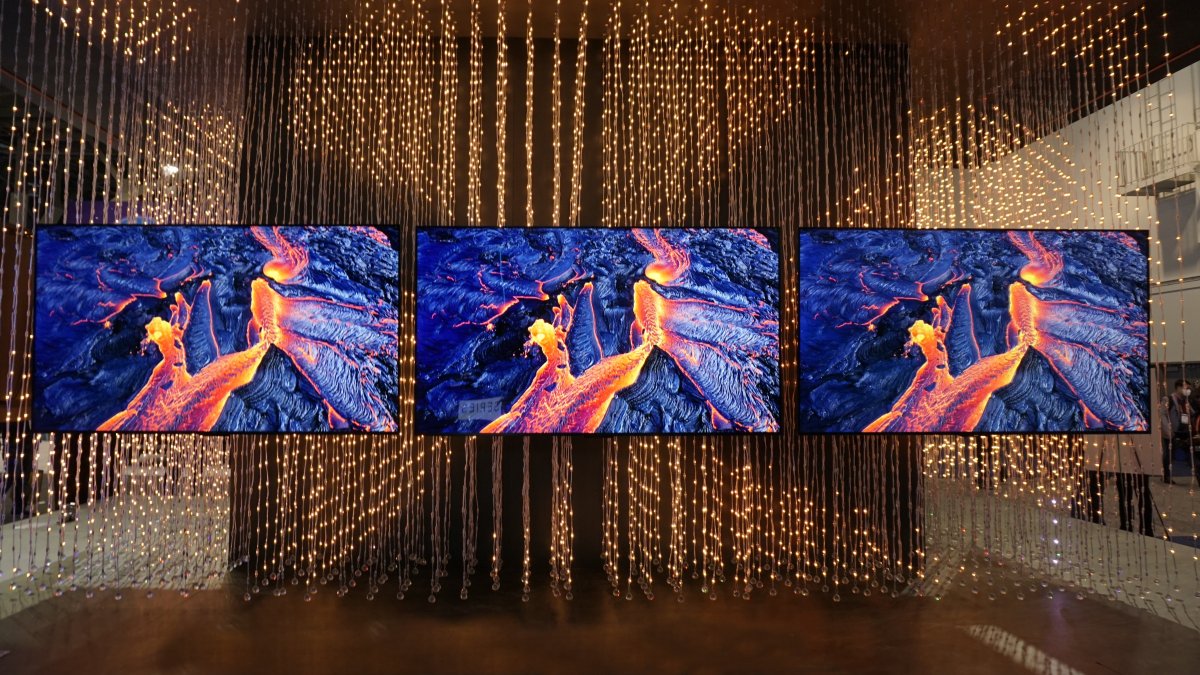The Electronic Displays Conference (EDC) in Nuremberg recently shed light on current display development. Among the topics, OLEDs were a key focus. Samsung is fine-tuning its new QD-OLED technology for TVs and monitors, while LG is concentrating on increasing radiance from its RGB OLEDs for mobile devices.
In particular, LG Displays is using a double OLED stack in its panels to increase light efficiency, durability and reduce the risk of burnout. Such tandem OLEDs are more expensive because of the extra organic material required for production.
However, LG Displays is the only manufacturer to currently use the tandem structure in series production for flexible OLED panels. Samsung is expected to follow. The added self-illuminating OLED layers have noticeably increased the light efficiency in the tandem OLED.
Apple is expected to use hybrid OLEDs in 2024 for two iPad models. Hybrid OLEDs are encapsulated with a thin film instead of cover glass, making them 20% thinner and lighter than previous OLED panels. Predictions indicate OLEDs will become the dominant technology in notebooks from 2027.
Samsung is focusing on costs and light output in its QD OLED panels, which are currently significantly more expensive than LG Display’s WOLED panels. Apple is expected to introduce a smartwatch with micro-LEDs in the coming year, although it will likely cost more due to the low yield in production.
LCD technology is expected to continue to dominate the tablet market, although OLEDs will dominate the smartphone sector. OLEDs remain a niche technology for foldable smartphones, with a predicted 5% share in 2027. For video walls, more self-illuminating screens are expected to hit the market.
Pandemic conditions have reduced demand for TVs, monitors, notebooks and other mobile devices. However, display production for these products remains high due to the long planning and construction times required for display factories. In the LCD sector, factories were planned in China around 2015, which are now supplying large quantities. Demand in China has since collapsed, with sales falling between 2015 and today, causing a reduction in purchasing power for new devices.



